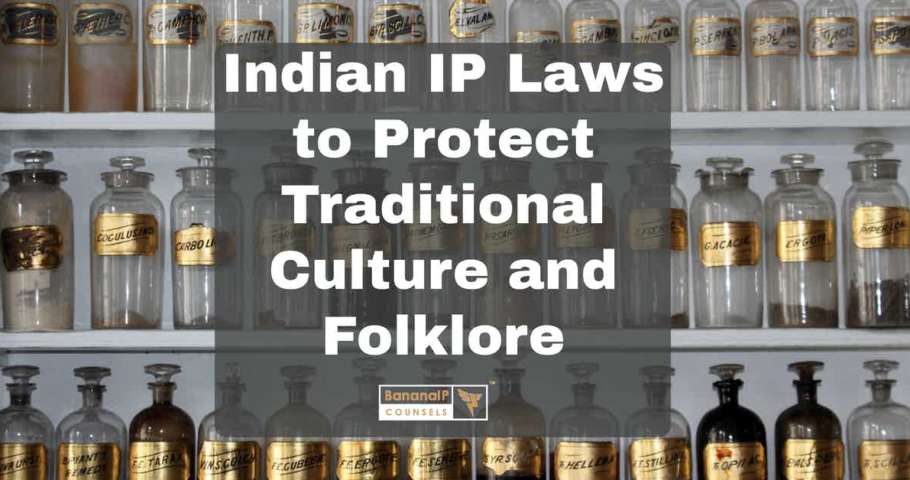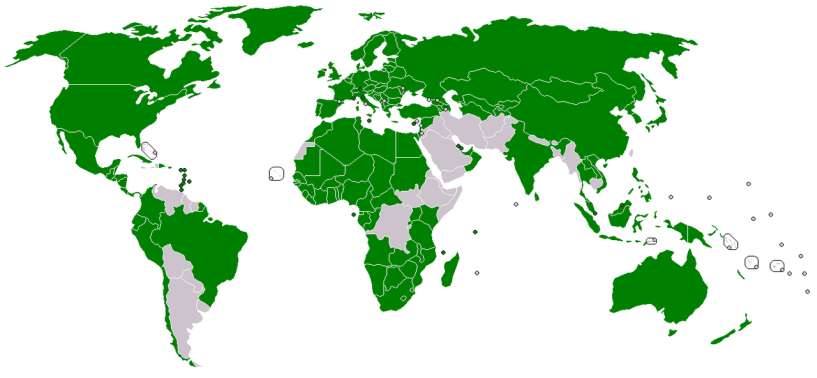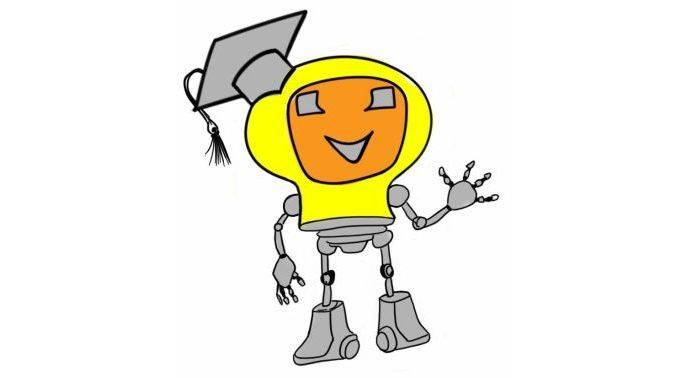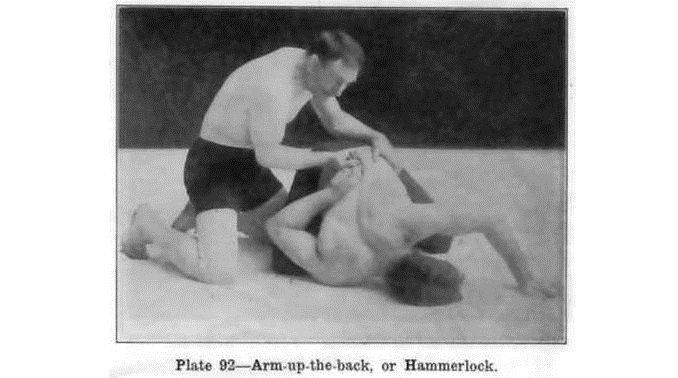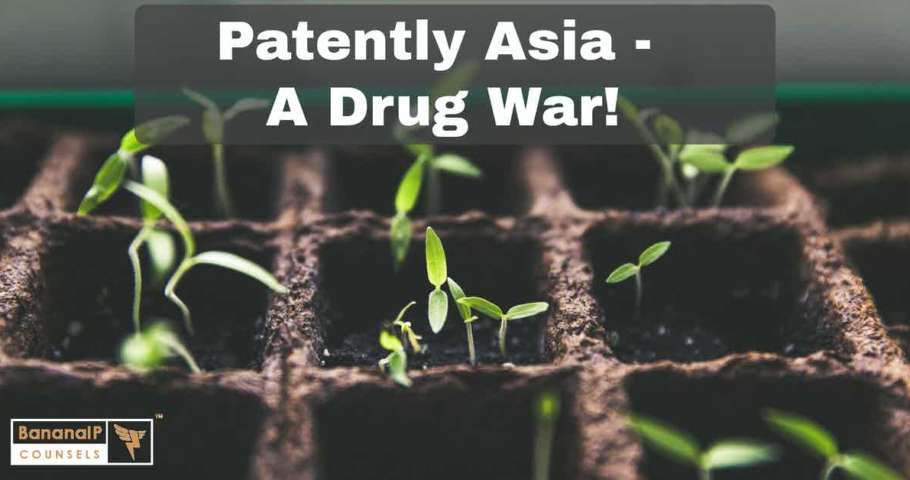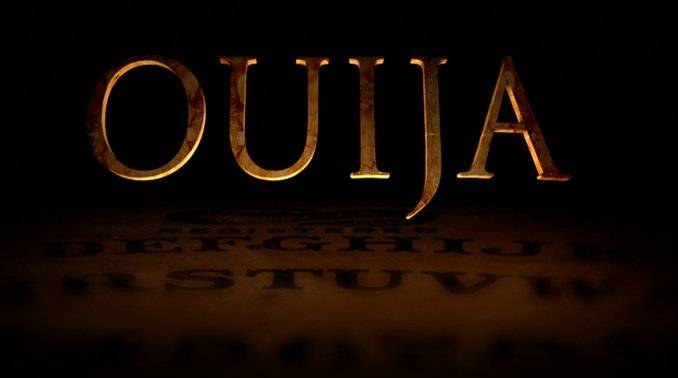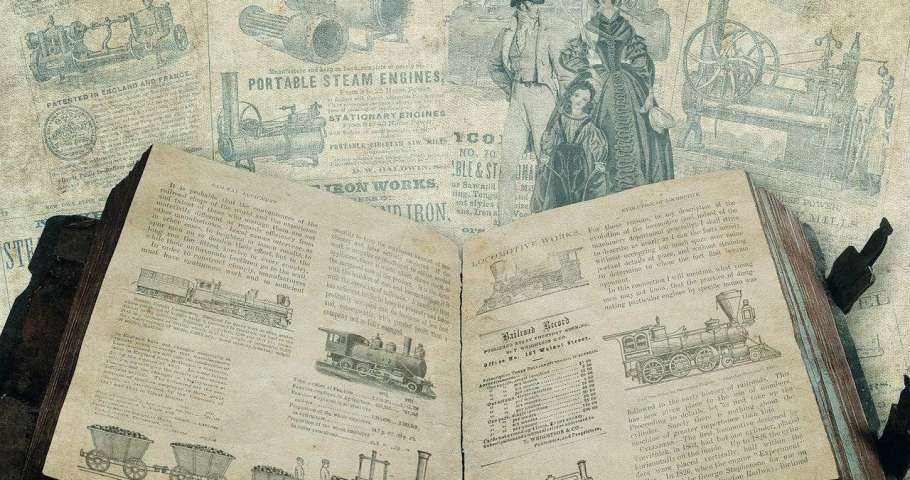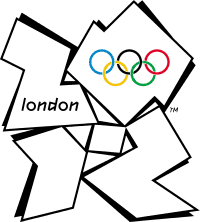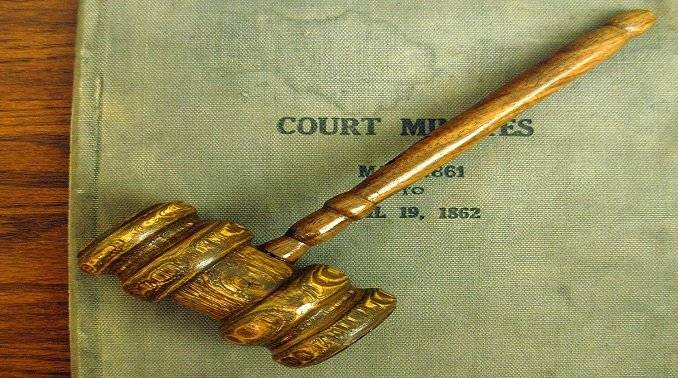This post was first published on 8th November, 2014.
Most places in the world, where traditional knowledge and folklore exist, face the challenge of multiculturalism and cultural diversity because they have both indigenous and immigrant communities. A balance has to be struck between the protection and preservation of cultural experience and traditional. Efficient cultural policies are required to meet the above challenges and free exchange of cultural experiences is required to make policies for effective protection of the same.
A further…
